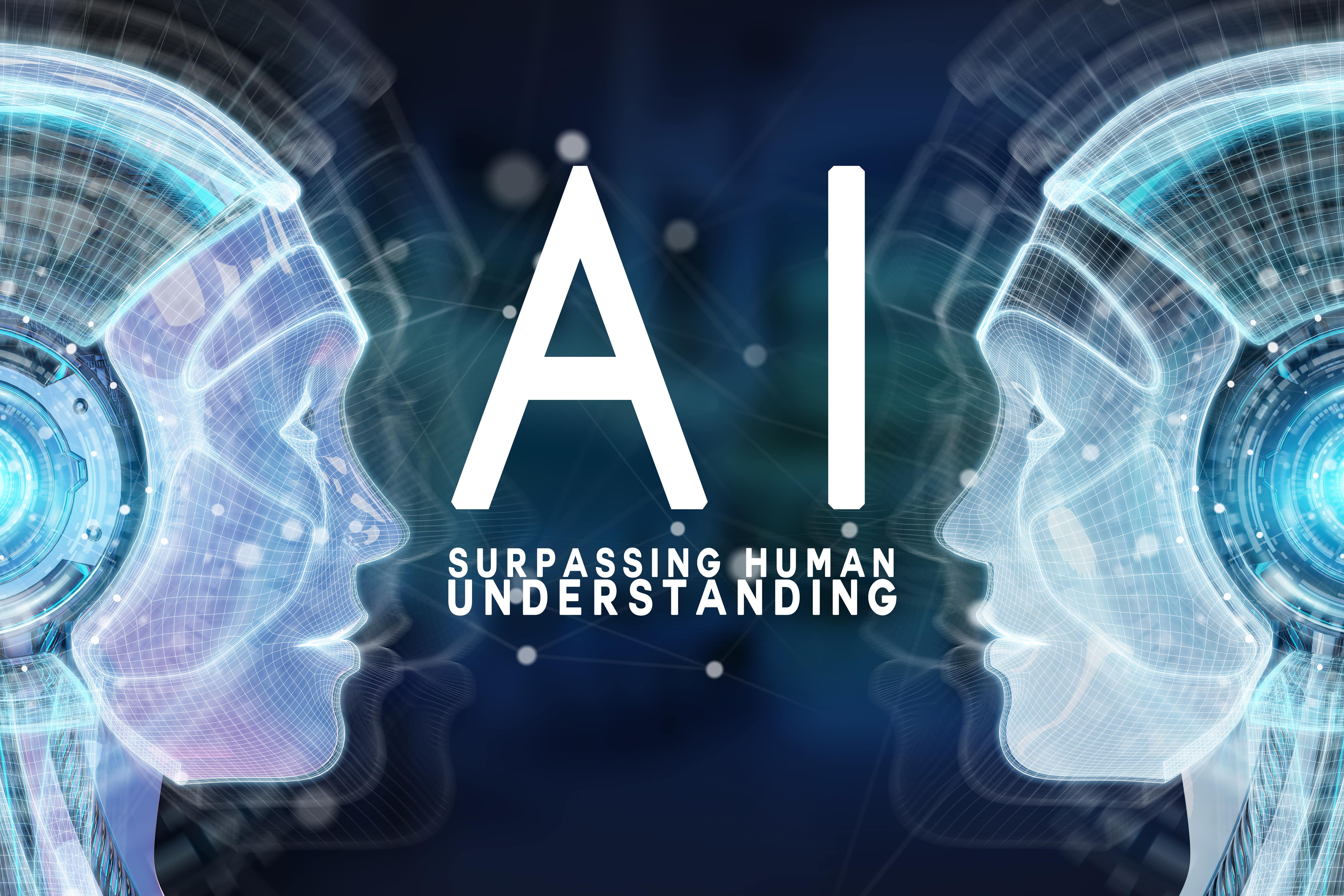Today, the world around us is changing very fast. Everything is very different from a few years ago. In the fast-paced environment in which organizations struggle, AI is thriving, even critical. Data annotation is a very important part of artificial intelligence for the following reasons.
Data annotation is the process of classifying and labeling data for artificial intelligence applications. In short, annotators separate the formats they are looking at and tag what they see. Format can be image, video, audio or text.
In this blog, we will share with you different types of data labeling and we will explain the process of each type.

Annotators mark specific objects in an image.
For example, an image represents a classroom. The labels of the annotators are as follows: table#1, table#2, chair#1, chair#2, board, lamp, etc…
There are 6 types of image annotations:
Bounding box Annotation: Annotator Protruding square shape or 2-dimensional square specified object.
Cuboid Annotation: The annotator marks the specified object as a 3-dimensional square, also known as a cube. This type of annotation works well for calculating depth or distance to various objects.
Landmark annotation: The annotator places small dots around the designated image. This is often used to recognize faces, for example to unlock a phone with facial recognition.
Polygon annotation: This type of annotation is similar to a bounding box, but it is more accurate because the annotator can select what they want instead of drawing a square over the entire object. This type of annotation is useful when working with aerial imagery. Using polygonal annotations, annotators can label roads, street signs, buildings, trees, and more.
Semantic Segmentation: This type involves separating objects in an image by grouping them into pixels of different colors. For example, to annotate road images, annotators classify roads into three categories. The first segment is a person (blue pixelated), the second segment is a car (red pixelated), and the third segment is a road sign (yellow pixelated). However, there is a different version of semantic segmentation called “instance segmentation”. The only significant difference between these two segmentation methods is that instance segmentation can optionally create segments within segments. This means that the annotator can distinguish blue pixelated persons by creating an inner segment called “person#1, person#2, and person#3”. Of course, Lines & Splines Annotation: The purpose of this type is to understand boundaries and lanes.
Annotators stop the video and tag what they see. It is the same as image annotation, but with motion. Furthermore, the types of video annotations are the same as image annotations: bounding boxes, cuboid annotations, landmark annotations, polygon annotations, semantic segmentation, lines, and splines.
Image and video annotation is a part of the field of artificial intelligence that works only with digital images and videos known as computer vision.
A tagger tags sentences or paragraphs with metadata about the selected words. Metadata refers to data about data, in other words, information about the data used. The process is similar to highlighting specific words in academic books. You highlight the sentences you want and write features on them, but instead of writing on them, the annotator marks them.
There are 4 types of text annotations:

Sentiment labeling: Annotators label texts based on the sentiment they derive from the text. Feelings can be positive, negative or neutral.
Intent Annotation: Annotators mark text with their intended actions, such as commands, requests, or constructs.
Semantic Annotation: Annotators mark text with entities for reference. For example: name, location, date, etc.
Language tagging: or phrase chunking. Annotators tag text with grammatical entities such as nouns, adjectives, verbs, adverbs, etc.
Audio Annotation:
Humans capture unorganized data in the form of audio before labeling and classifying audio clips with distinct sounds. For example, capturing raw data at a party. The annotator will divide the sounds into groups as follows: a sentence spoken by person 1, a sentence spoken by person 2, music, and noise. This type of annotation is used for voice recognition and for creating conversations between humans and technological devices like Siri.
When we say the future, we say artificial intelligence, and it’s critical to understand one of the most important processes that will ensure your AI and machine learning projects scale.
Text and audio annotation is part of the field of natural language processing in AI that deals with the meaning of words.
